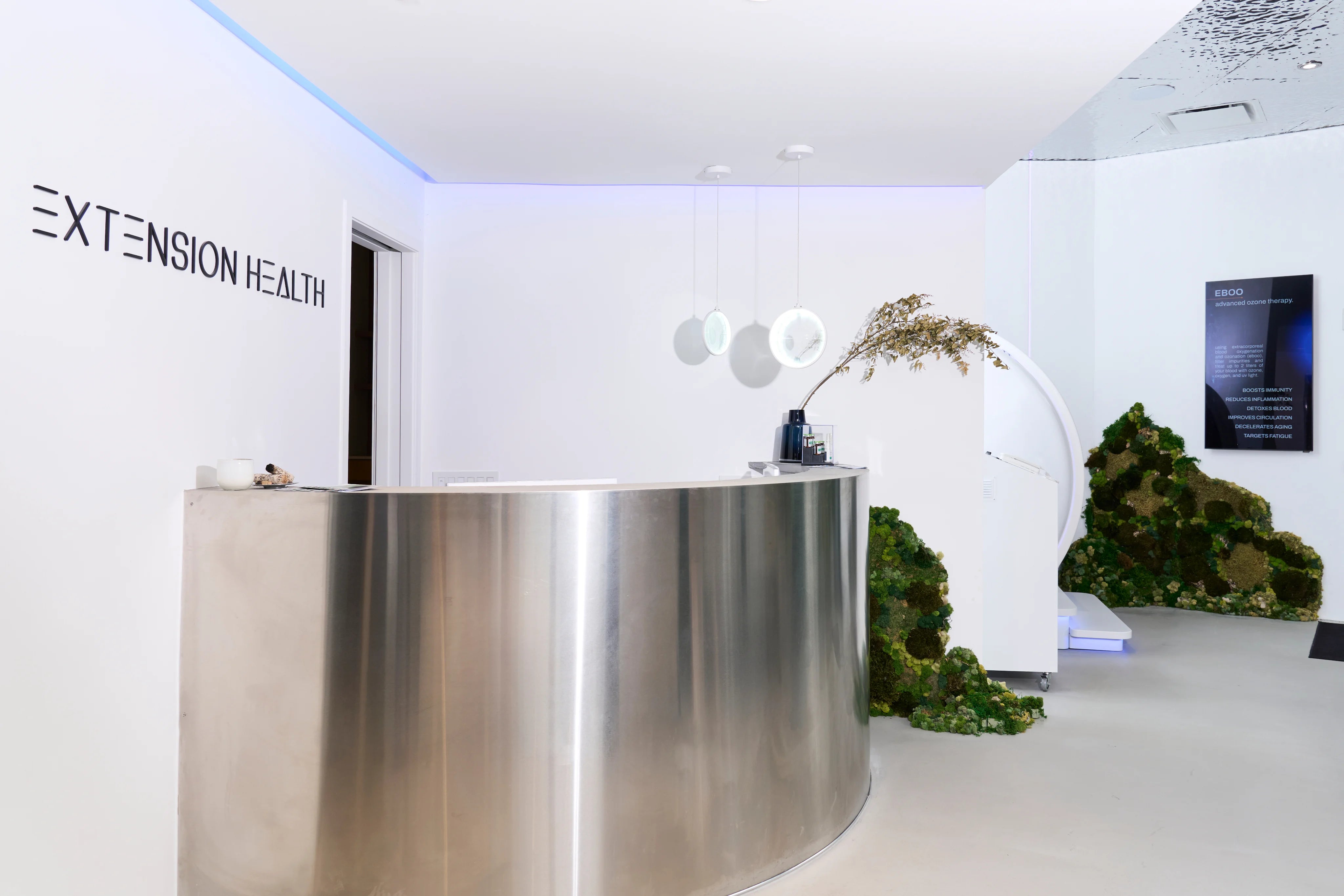Injection Reaction Guide
WHY THEY HAPPEN & HOW TO REDUCE THEM
If you've ever experienced redness, itching, swelling, or even small hives after injecting peptides like CJC-1295, Ipamorelin, or Tesamorelin, you're not alone. These types of skin reactions are fairly common, but that doesn't mean you have to tolerate them without support. In this guide, we'll walk you through why these reactions occur and what you can do to minimize or prevent them, helping you stay comfortable and consistent with your peptide protocol.
Most peptide injection site reactions aren’t true allergies - they’re usually due to local immune responses, injection technique, or solution-related factors. With the right approach, you can often reduce or eliminate these side effects entirely.
If you’re dealing with persistent discomfort, small changes, like switching to IM injections, rotating sites, or letting your peptides warm up, can make a big difference.
Need help figuring out the best injection method for your protocol? Don’t hesitate to reach out to our team. We’re here to help guide you every step of the way.
What Causes Injection Site Reactions?
When you inject a peptide - typically subcutaneously (under the skin) - your body may recognize it as a foreign substance, leading to temporary local irritation. Here are the most common reasons this can happen:
- Histamine Release by Mast Cells: The skin is home to immune cells called mast cells, which respond quickly to anything new or unfamiliar. A peptide injection may trigger these cells to release histamine, causing redness, itching, or swelling—even if you're not truly allergic to the peptide itself.
- Peptide Structure & Immune Sensitivity: Certain peptides (like CJC-1295 and Tesamorelin) are more likely to cause localized reactions due to how they interact with immune receptors in the skin. These pseudo-allergic reactions can result in hives or irritation without being true allergies
- Minor Injection Trauma: The needle puncture and fluid entry itself can cause a small injury to the tissue. Your body may respond with inflammation as it would with any minor wound, leading to short-term soreness or redness.
- Diluent or pH Imbalance: Peptides are typically reconstituted with bacteriostatic water, which contains benzyl alcohol. This can irritate some individuals, though it's necessary for peptide preservation and not easily substituted.
- Storage & Purity Issues: If a peptide hasn't been stored correctly or contains impurities, your body may react more strongly. Always ensure you're following storage guidelines after reconstitution, and checking your syringe to ensure your peptide ia clear prior to injection.
- Volume or Concentration of Injection: Larger injection volumes (e.g., 1mL or more) can stretch the subcutaneous tissue and create more irritation. In these cases, it's often better to split the dose into two separate sites.
Why Do Some People React More Than Others?
Not everyone will experience a skin reaction, and the degree of response can vary depending on several personal factors:
- Naturally Reactive Immune Systems: Some individuals have more sensitive mast cells that trigger histamine release more easily, making them more prone to redness and itching after injections.
- Lack of Injection Site Rotation: Repeatedly using the same injection site can create irritation or even tissue buildup over time. Rotating between different areas helps give each site time to heal and reduces inflammation risk.
- Sensitization Over Time: Your immune system can sometimes become increasingly reactive to a specific peptide with continued use. If you notice stronger reactions the longer you use a peptide, this may be the cause.
Should You Consider Intramuscular (IM) Injections Instead?
Switching from subcutaneous (SC) to intramuscular (IM) injection is a strategy many patients use to reduce or avoid skin reactions. Here's why it might work:
- Fewer Mast Cells in Muscle Tissue: IM injections bypass the skin’s high concentration of mast cells, which are the main drivers of histamine-related symptoms. This can result in significantly fewer issues at the injection site.
- Faster Absorption: Peptides injected into the muscle are absorbed more quickly into the bloodstream, giving your immune system less time to react locally.
- Reduced "Depot" Effect: Some peptides can linger in subcutaneous fat, causing prolonged irritation. IM injections can minimize this effect.
⚠️ Note: IM injections may be slightly more uncomfortable than SC injections and can occasionally cause temporary muscle soreness. Use the correct needle size (typically 28–29 gauge, ½" length) and follow proper technique.
Tips to Minimize SC Injection Reactions
If you prefer to continue with subcutaneous injections, here are some ways to make the experience smoother:
- Rotate Your Sites: Change up your injection locations - abdomen, outer thighs, upper glutes, etc. - to avoid repeat irritation in one area.
- Let Peptides Reach Room Temperature: Cold solutions can trigger a stronger response from your tissue. Let your peptide sit out for about 30–60 minutes before injecting.
- Inject Slowly, with the Right Needle: A fine needle (such as a 31-gauge, 5/16" insulin syringe) and a slow, steady injection speed can reduce tissue damage and discomfort.
- Use Ice Packs: Icing the area before injection can dull nerve sensitivity, applying ice after can help reduce inflammation and itching.
- Avoid Rubbing the Site: After injecting, press the site gently with a clean tissue or gauze, but avoid rubbing, which can worsen irritation.
- Reduce Injection Volume: If you're injecting more than 1mL at once, split the dose between two locations to reduce tissue stress.
- Inspect Your Peptides: If the solution appears cloudy, discolored, or smells unusual, discard it. Only use peptides that are high-purity and stored correctly (ideally refrigerated after reconstitution).

Need support with your peptides?
Book a complimentary, 15-minute, virtual or in-person session with a member of our Peptide Support Team to ask questions and receive guidance on peptides. This is not a medical appointment.
Schedule Support SessionPlease note: This is a support session only. Clinical advice, including peptide recommendations or dosing changes, must be provided by a licensed provider. To book a consultation with a doctor, click here.